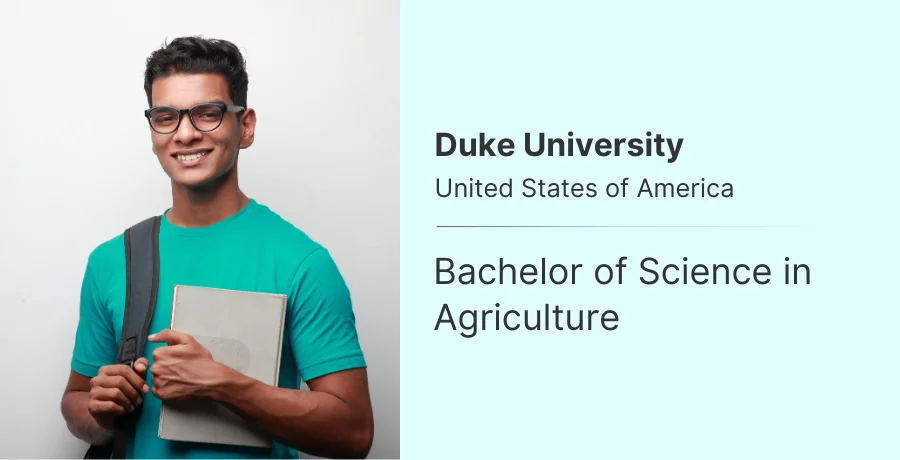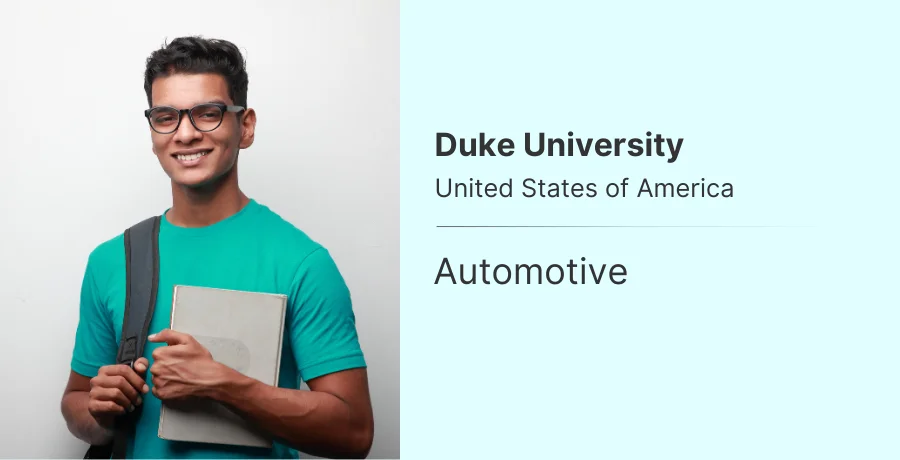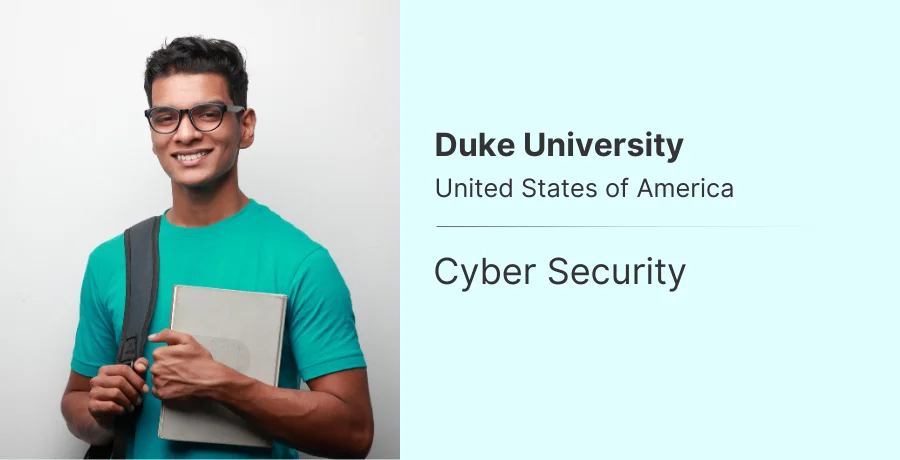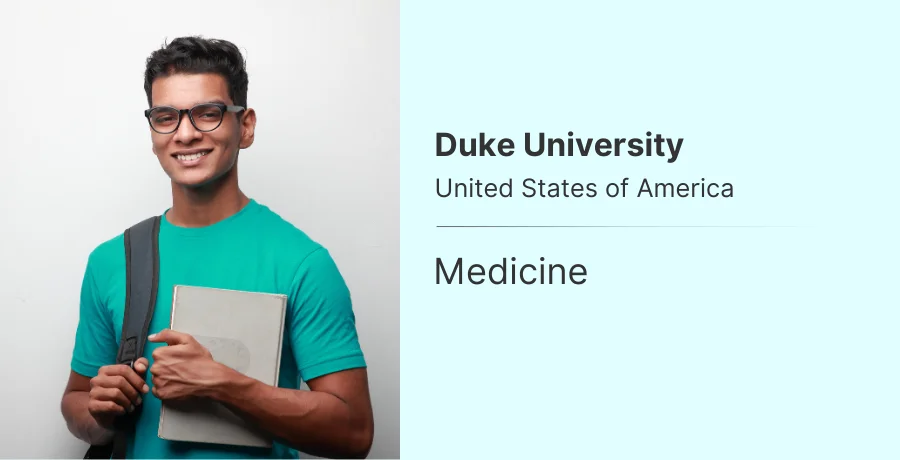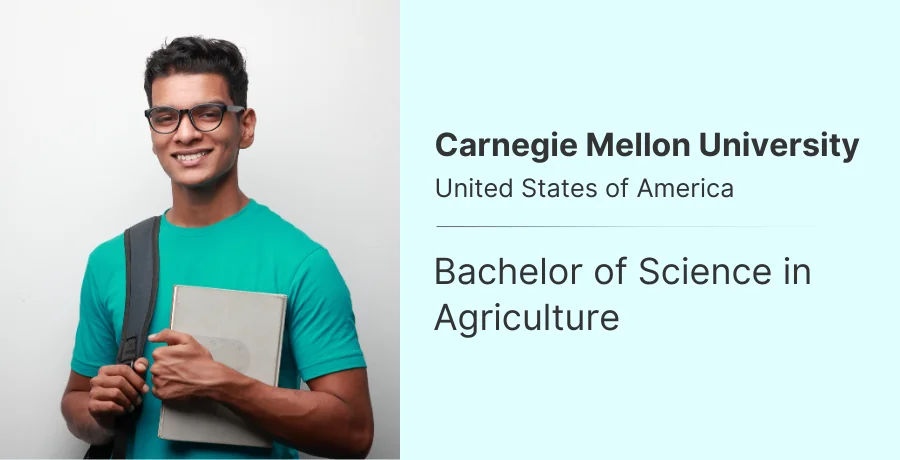Planning to study in the United States is a transformative decision, one that has the potential to shape your career and life path for years to come. Every year, thousands of international students aspire to gain admission to prestigious universities in the USA, but one document plays a defining role in distinguishing your application from others — the Statement of Purpose (SOP).
In this comprehensive guide, we’ll walk you through every essential aspect of writing an SOP for USA universities. From understanding what an SOP is to exploring the ideal format, common pitfalls, sample content, and tips for crafting an impactful document, you’ll find everything you need to prepare a strong and personalized SOP for your academic journey in the USA.
What is a Statement of Purpose (SOP) for USA?
A Statement of Purpose (SOP) is a formal essay submitted as part of your university application that outlines your academic background, career interests, motivation for selecting a particular course and institution, and your long-term professional goals. Typically ranging between 800 to 1000 words, it’s your opportunity to communicate your story, values, and aspirations directly to the admissions committee.
Unlike resumes or transcripts, which list achievements and qualifications in a factual format, the SOP brings a human touch to your application. It helps the university understand not just what you’ve done, but why you’ve done it and what you intend to do with the education they’ll provide.
Why is an SOP Important for US Universities?
1. Showcases Your Individuality:
Admission committees evaluate numerous applications that may have similar academic scores and extracurricular achievements. The SOP helps you stand out by offering a window into your personality, ambition, and thought process. It is a chance to narrate your story — in your own words.
2. Clarifies Your Vision and Purpose:
An SOP reflects your clarity of thought. It shows whether you’ve thought deeply about your choice of course, the university, and your career plans. Universities are more likely to admit students who demonstrate conviction and vision.
3. Highlights Soft Skills:
Through the language, structure, and tone of the SOP, you also showcase your communication skills. It reflects your ability to articulate ideas, persuade, and present structured arguments — key attributes for any academic or professional role.
4. Addresses Academic or Career Gaps:
If you have a gap in your academic journey, a switch in career paths, or low scores in a certain area, the SOP gives you an opportunity to explain the reasons behind them and how you’ve overcome those challenges.
5. Influences Scholarship and Funding Decisions:
Universities often consider the SOP when allocating scholarships or assistantship positions. A powerful SOP that reflects leadership potential, dedication, and academic rigor can enhance your eligibility for financial aid.
Ideal SOP Format for USA Universities
Crafting an SOP requires both storytelling and structure. Below is the recommended format to help you present a strong, coherent, and organized SOP.
1. Introduction:
Start with a compelling hook — perhaps a formative experience, personal story, or a moment that sparked your interest in the chosen field. Then, briefly introduce your academic background and career interest. Keep it concise yet impactful, setting the stage for the rest of the SOP.
2. Academic Background:
Detail your educational journey, starting from high school or undergraduate degree, depending on your current level. Discuss key subjects studied, projects undertaken, research papers written, or awards received. If there are any academic gaps or low grades, explain them briefly and focus on the learning experience.
3. Professional Experience (if applicable):
Highlight your internships, job roles, responsibilities, key contributions, and takeaways. Link your professional experience to the field of study you wish to pursue. This section is particularly important for postgraduate applicants and should reflect your industry exposure, technical skills, and leadership qualities.
4. Why This Course:
Describe how this course aligns with your academic interests and professional goals. Mention specific areas of the syllabus, practical labs, or projects that excite you. Show that you’ve read the curriculum and understand how it can contribute to your growth.
5. Why USA:
Discuss your rationale behind choosing the USA as your study destination. Focus on the strengths of the American education system — emphasis on research, access to top-notch faculty, technological advancements, and the multicultural environment. Compare it briefly with alternatives to reinforce your informed choice.
6. Why This University:
This section should be customized for each application. Mention unique offerings of the university — particular faculty members whose work inspires you, specific labs or research centers, student organizations, or collaborative projects. Show how the university fits into your academic and career blueprint.
7. Career Goals:
Break this down into short-term and long-term goals. Short-term goals may involve job roles or internships you plan to pursue after graduation, while long-term goals could include leadership roles, entrepreneurship, or academic research. Show how the course and the university can serve as stepping stones for your career.
8. Conclusion:
Reaffirm your interest in the program and your readiness to contribute to the academic community. End with a confident and positive note that reflects your motivation and preparedness for the challenges ahead.
Sample SOP for USA – Master’s in Computer Science
Introduction:
Growing up, I often found myself captivated by the logic behind how machines process data. This curiosity deepened in high school when I designed a simple program that could calculate exam grades. Since then, the evolving field of computer science has held my interest, leading me to pursue a Bachelor’s degree in the same. With a robust academic background and two years of software development experience, I am now prepared to take the next step — a Master’s in Computer Science in the United States.
Academic Background:
I completed my undergraduate studies at ABC University with a cumulative GPA of 8.6. My coursework included Programming Languages, Database Management, Data Structures, Artificial Intelligence, and Algorithms. I actively participated in intercollegiate coding hackathons and secured second place in a national app development competition. My final year project, focused on implementing neural networks in a traffic surveillance system, was selected for a research showcase, further affirming my interest in AI.
Professional Experience:
I joined XYZ Technologies as a Software Engineer, where I worked on a client-facing e-commerce platform. I developed backend modules using Python and Django and optimized database queries to reduce load time by 40 percent. Later, I was promoted to team coordinator for a product involving machine learning tools for customer analytics. Working in a fast-paced, cross-functional environment helped me hone both technical and soft skills.
Why This Course:
The MS in Computer Science is not just a logical step but a necessary one for my growth. The program’s flexibility in offering specialized tracks in Machine Learning and Big Data matches my interests precisely. Furthermore, I am excited by the opportunity to engage in hands-on research, particularly in fields like Natural Language Processing and Computer Vision.
Why USA:
The USA remains a global hub for computer science research and technological innovation. Its universities offer unparalleled access to research grants, cutting-edge laboratories, and industry tie-ups. The academic culture encourages innovation and interdisciplinary study — an environment where I can thrive. The Optional Practical Training (OPT) period is another reason for choosing the USA, as it will allow me to gain real-world experience in global tech firms.
Why This University:
ABC University stands out because of its state-of-the-art Machine Learning Lab and ongoing projects in collaborative AI. The research being conducted under Professor John Doe in deep neural networks resonates with my own interests. Additionally, the curriculum’s focus on practical application, the diversity of the student body, and the availability of assistantships make ABC University my ideal destination for graduate studies.
Career Goals:
In the short term, I aim to work as a Machine Learning Engineer at a leading global firm. I want to design and deploy scalable AI-based solutions for real-world challenges in fields such as healthcare, education, or logistics. In the long run, I plan to return to India and establish a startup focused on AI-powered educational tools for underserved communities. The insights and global exposure I will gain in the USA will play a critical role in shaping this vision.
Conclusion:
My journey so far has been driven by curiosity, perseverance, and a passion for technology. I am confident that my academic record, combined with my industry experience and research aspirations, make me a strong candidate for your Master’s program. I look forward to being part of a dynamic academic environment and contributing meaningfully to it.
Common Mistakes to Avoid in SOP for USA
1. Copying Content from Other SOPs:
Plagiarism can not only lead to rejection but also damage your credibility. Always write original content in your own voice.
2. Using Vague and Generic Language:
Avoid filler sentences or clichés like “This university is world-renowned.” Be specific — what exactly attracts you to the program or faculty?
3. Lack of Structure or Flow:
Ensure your SOP follows a logical sequence. Use clear paragraphs and transitions to make it easy to read.
4. Excessive Technical Jargon:
While it's important to reflect subject knowledge, overly complex language can alienate readers. Write in clear, simple terms.
5. Grammatical and Spelling Errors:
Such mistakes can make your SOP seem unprofessional. Proofread multiple times or ask mentors for feedback.
6. Ignoring Word Limits or Guidelines:
Some universities provide specific prompts or word limits. Adhere strictly to these requirements.
SOP for USA Student Visa
When applying for an F1 visa, you may be asked to submit a Statement of Purpose as part of the documentation. This SOP is slightly different from the academic SOP. Here’s what it should include:
- Your reason for choosing the specific course and university.
- Details about your financial status and who is funding your education.
- Evidence of your intention to return to your home country after studies.
- Explanation of any gaps in education or visa rejection (if applicable).
This SOP should be concise and focused. Visa officers look for sincerity, clear goals, and assurance that you’re not using the student visa as a pathway for immigration.
Final Checklist Before Submitting SOP
· Is the SOP tailored to the university and course?
- Have you covered academic background, experience, goals, and rationale?
- Did you stick to the word limit and formatting guidelines?
- Have you proofread it for grammar and clarity?
- Did you get feedback from a mentor or advisor?
- Is your SOP plagiarism-free and authentic?
FAQs On Sop For USA
1. Is an SOP mandatory for US universities?
Yes. Most graduate-level programs in the USA require an SOP, especially for master’s and doctoral courses.
2. Can I use the same SOP for all universities?
You can use a base draft but customize it for each university. Tailor details such as course structure, faculty, or facilities.
3. What should be the word count of a US SOP?
Ideally between 800 to 1000 words unless the university specifies otherwise.
4. Can I include failures or personal setbacks?
Yes, but frame them as learning experiences. Reflect on how those moments contributed to your growth.
5. Is it necessary to hire a professional SOP writer?
Not necessarily. While professional input helps, ensure the SOP retains your voice and individuality.
Conclusion
Your SOP is your story. It is your chance to go beyond numbers and tell universities who you are, what you aim to become, and why you’ve chosen this path. Whether you’re targeting top-tier universities or applying for scholarships and assistantships, a thoughtful and personalized SOP can be your gateway to success in the USA.
Start early, stay authentic, and don’t hesitate to revise multiple times. A compelling SOP is not just a formality — it's your voice in the admissions process.





